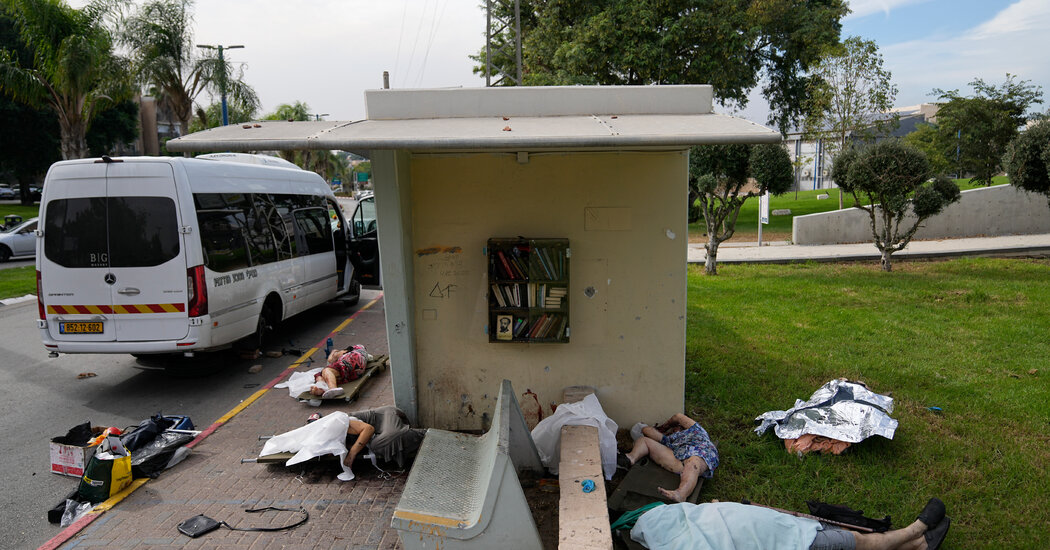The full reasons behind the military’s slow response may take months to understand. The government has promised an inquiry. But a New York Times investigation found that Israel’s military was undermanned, out of position and so poorly organized that soldiers communicated in impromptu WhatsApp groups and relied on social media posts for targeting information. Commandos rushed into battle armed only for brief combat. Helicopter pilots were ordered to look to news reports and Telegram channels to choose targets.
And perhaps most damning: The Israel Defense Forces did not even have a plan to respond to a large-scale Hamas attack on Israeli soil, according to current and former soldiers and officers. If such a plan existed on a shelf somewhere, the soldiers said, no one had trained on it and nobody followed it. The soldiers that day made it up as they went along.
. . .
The Times investigation is based on internal Israeli government documents and a review of the military’s cache of materials, known as Pandora, that contains tens of thousands of videos, including footage from body cameras worn by terrorists and closed-circuit surveillance cameras. The Times interviewed dozens of officers, enlisted troops and eyewitnesses, some of whom spoke on condition of anonymity because they were not authorized to speak publicly about military operations.



Maybe the Israeli government wanted the IDF response to be poor to maximize the casualties to justify being so heavy handed with their response to Gaza. I’d hope not but Israel is not typically this underprepared for anything security related.
They knew of the plans for more than a year beforehand and poo-pooed them, saying Hamas couldn’t pull it off.
And if they did? Useful.